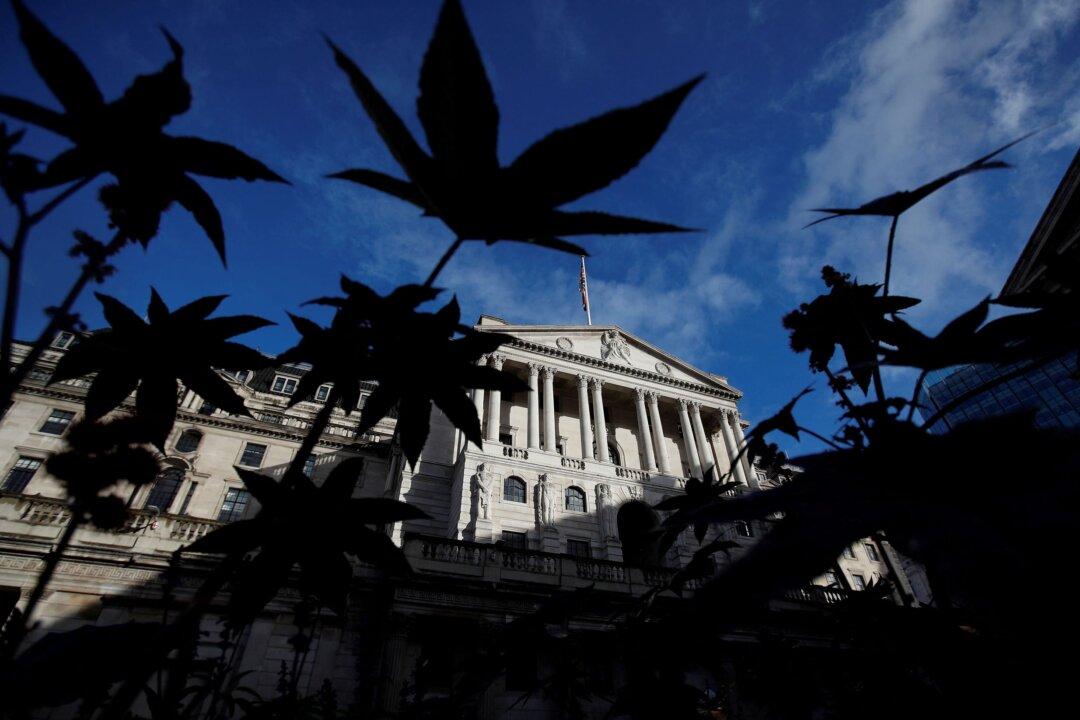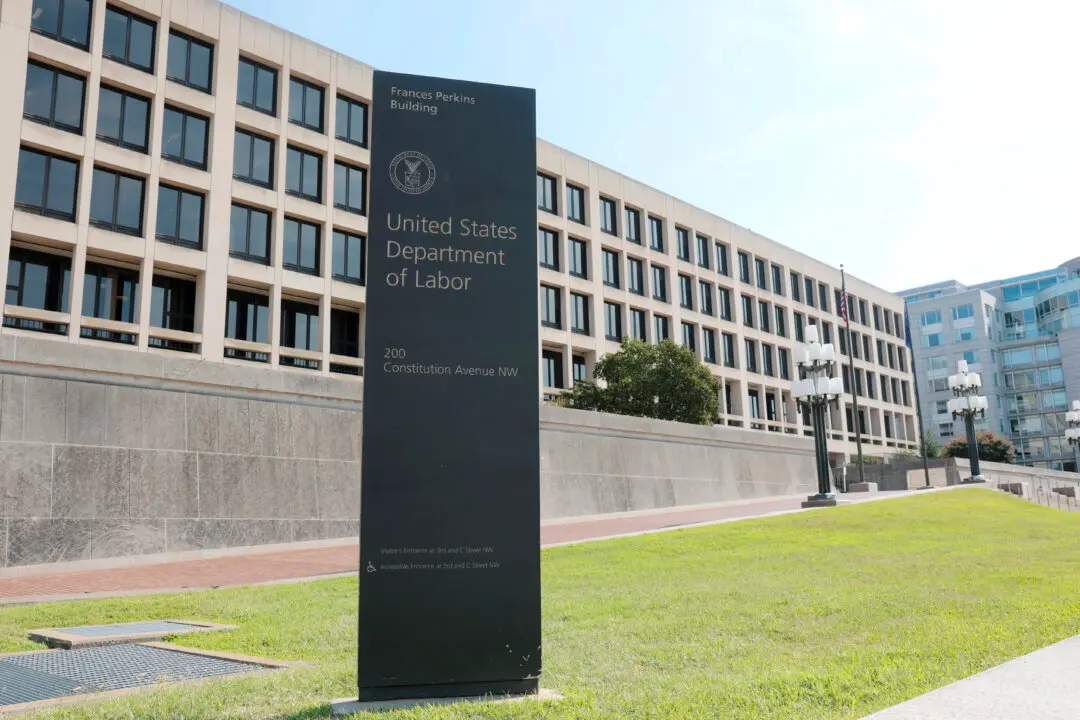Commentary
Let’s understand the significance of the Bank of England’s (BOE’s) announcement that it would start buying $65 billion in UK public debt. It represents an about-face on the previous policy of using central bank power to sop up excess liquidity in hopes of getting inflation under control. It’s like crossing a river halfway and then turning back in the other direction.





